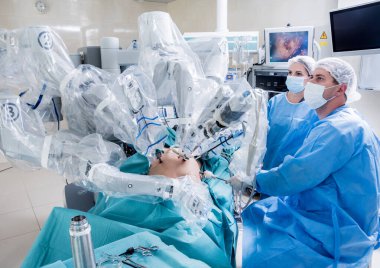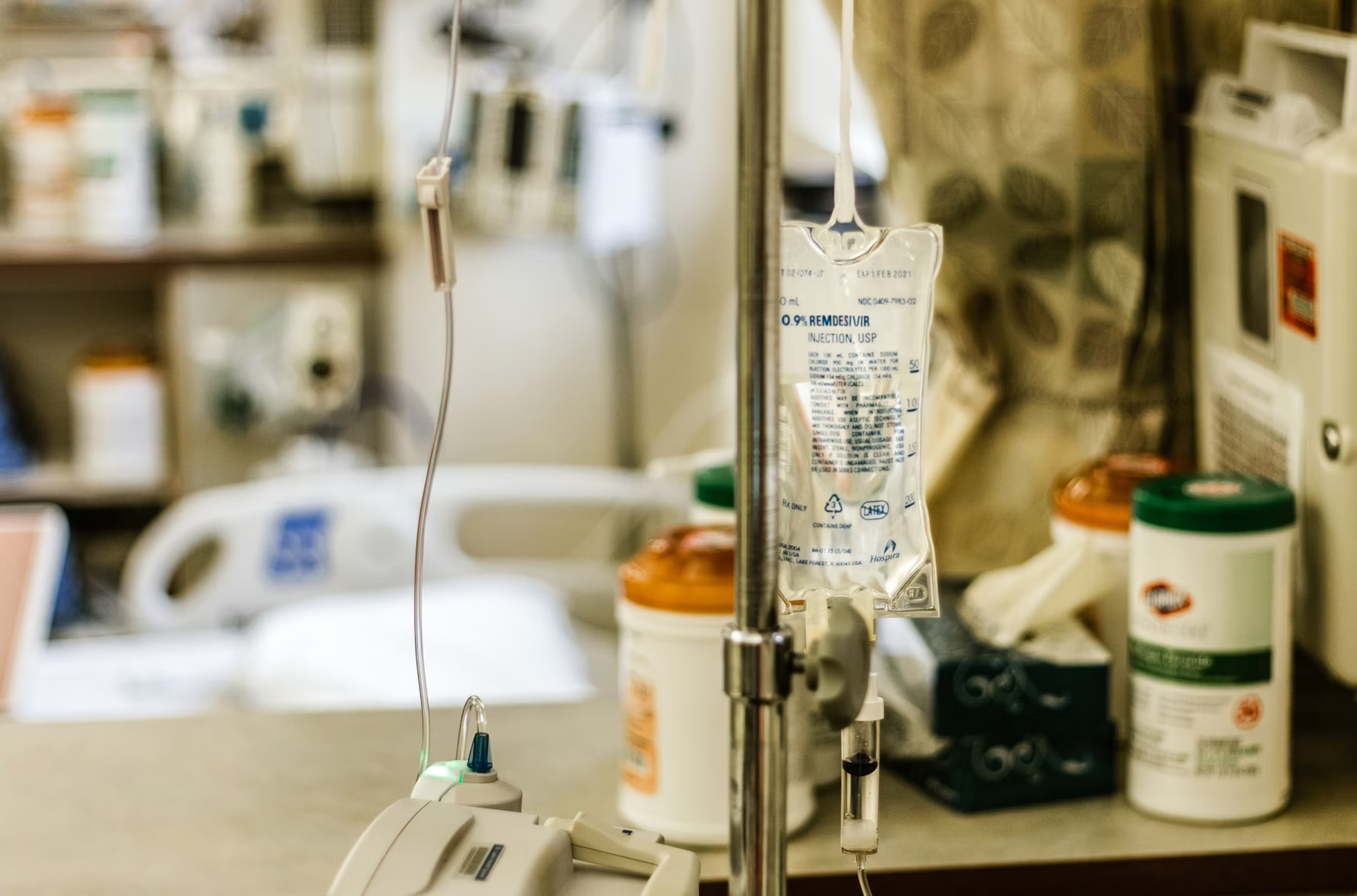Robotics in surgery is the most revolutionary advancement in the field of medicine. This is transforming the medical field, enhancing the precision and control of surgical procedures, and easing the way for surgeons. This technological development brings a new level of surgical outcomes, allowing the reach of robotic hands to even difficult-to-reach body parts.
What is Robotic Surgery?
Robotic surgery is a technique in which a surgeon performs procedures using a computer-aided robotic hand. It remotely controls very small instruments attached to a robotic arm. This technology, led by the da Vinci Surgical System, has paved the way for minimally invasive surgeries.
Robotic surgical systems typically consist of several key components, including;
Surgeon’s Console: The surgeon controls the robotic arms from a console with 3D visualization and intuitive controls.
Robotic Arms: These are equipped with various surgical instruments that mimic the surgeon’s hand movements, providing a wider range of motion and greater precision.
Camera and Imaging Systems: High-definition, 3D imaging gives the surgeon an unparalleled view of the surgical site.
Advancements in Robotic Surgery
The cutting-edge technology used in the robotic surgery system provides alot of benefits and has completely changed the structure of clinical practice. A few of the benefits that this advancement in surgery provides to patients and surgeons include;
Increased Precision
The precision of robotic arms surpasses human limitations, allowing for more accurate incisions and suturing. The robotic arm can be controlled and guided to even minute openings in the body with 100% accuracy and precision.
These state-of-the-art tools translate a surgeon’s hand movements into precise actions inside the patient’s body, minimizing the risk of human error. With robotic assistance, surgeries become more consistent, ensuring more predictable results and boosting overall patient satisfaction.
Enhanced 3D Visualization
Surgeons can see a highly magnified, high-definition 3D view of the surgical area. This results in better diagnosis and surgical interventions. 3D imaging can help the surgeon judge all the possible scenarios beforehand to reduce the risk of any complications in the future. Advanced imaging techniques in robotic surgery offer a clearer view of the surgical site, enhancing the surgeon’s ability to perform intricate tasks.
Expanded Range of Motion
Robotic arms can move in ways that human hands can’t. Due to its delicate structuring, this controlled system can easily access even hard-to-reach areas. This expanded motion can help increase efficiency and surgical outcomes.
Unprecedented Surgeon Control
Robotics gives surgeons greater control, allowing for more delicate and precise movements. This improved skill minimizes the risk of human error and increases the success rate of complex procedures.
Minimally Invasive Procedures and Reduced Recovery Time
Robotic tools make it possible to perform surgeries through smaller incisions, reducing scarring and improving cosmetic outcomes. Patients benefit from quicker recovery times, leading to shorter hospital stays and a faster return to normal activities.
With smaller incisions and more controlled movements, patients experience less trauma and postoperative pain.
Improved Access to Complex Areas and Personalized Care
Robotic surgery enables access to hard-to-reach areas, making previously inoperable conditions treatable. Personalized treatments, tailored to individual patient needs, become feasible with robotic technology. This approach leads to more efficient surgeries and better alignment with patient goals.
Increased Safety and Accessibility
Robotics in surgery is often linked to fewer complications, enhancing patient safety and peace of mind. The possibility of remote-operated surgical systems allows expert surgeons to perform procedures from afar, expanding access to specialized care in underserved areas. Robotic-assisted surgery can streamline the surgical workflow, reducing the time spent in the operating room and minimizing fatigue-related errors.
Increased Clinical Outcomes
The benefits of this type of surgery have increased the diagnostic procedures and treatment options. The field of medicine now encompasses a wide range of procedures using robot-assisted arms guided by cameras. A few of the surgeries performed that benefit both the patients and the surgeons using this technology include;
- Laparoscopy
- Cystoscopy
- Endoscopy
- Gynecological procedures
- Urological detections.
The Future of Robotic Surgery
Robotic surgery is in a constant state of evolution, with new technologies and methodologies being developed regularly. Combining Artificial Intelligence (AI) with robotic systems promises to take precision and efficiency to new heights. Robotic surgery represents a paradigm shift in medicine, providing benefits that extend to surgeons and patients. While there are challenges to overcome, the potential for improving surgical care is tremendous, and the technology continues to evolve rapidly.
Conclusion
Integrating robotics in surgery is a milestone in medical technology that brings many benefits to patients and healthcare professionals. Its advancements reshape surgical practices, making procedures safer, quicker, and less painful. As technology continues to evolve, robotic-assisted minimally invasive surgery will undoubtedly play a crucial role in the future of healthcare. The ongoing collaboration between medical professionals, engineers, researchers, and industry leaders ensures that this field will continue to innovate, offering promising prospects for the future of healthcare.








